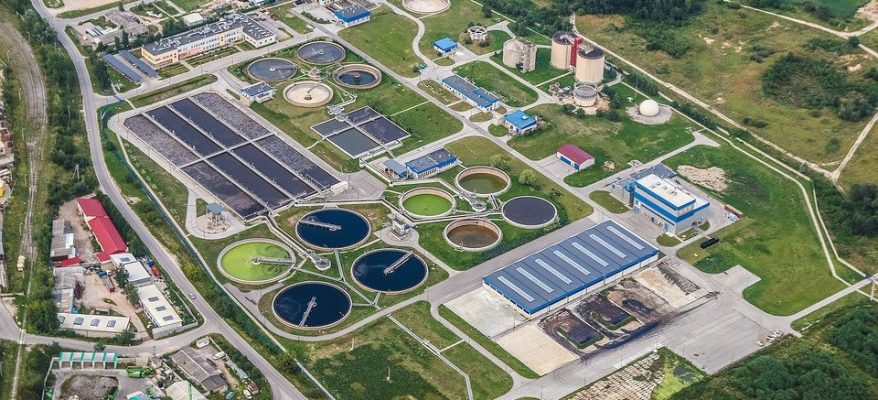Understanding Wastewater Solids: 4 Types
The term “wastewater” is often confusing to most people. It simply refers to the used water that contains substances like human waste, food scraps, and harmful chemicals.
While nature has an incredible ability to process significant amounts of wastewater, dumping billions of gallons of water waste into the environment can destroy the ecosystem.
The primary aim of wastewater treatment is to remove the major chunks of suspended solids before discharging the effluent water back to the environment.
If not properly treated, wastewater can negatively impact the environment and human health. Therefore, treating wastewater is extremely important.
Here are different types of wastewater solids that can make the treatment process difficult:
Grit
Grit primarily refers to heavy and rough materials like cinders and sands and includes organic materials like coffee and seeds.
If not removed from wastewater, it can cause damage to piping and pumping machines.
Treatment plants typically use a grit chamber to remove grit, but sometimes vortex-type grit separators are used to treat the grit from the wastewater.
The municipalities with combined sewer systems have the largest quantity of grit in wastewater. The coarse material is typically sent to a landfill.

Scum
Scum is a floatable material that primarily consists of oils, fats, and debris like rubber and plastic. Its removal during clarification is a crucial step to decrease organic loadings.
The compound is found in the sedimentation basin in water treatment plants. It can clog wastewater treatment systems and affect subsequent treatment processes.
Scum tends to be mostly floating biofilm or activated sludge. It is gathered by a floating skimmer and delivered to a collection container.
Screenings
Screenings refer to large debris like cans and plastics that are removed by bar screens. Restaurants and some food-processing industries are the biggest contributors to screenings.
Modern wastewater treatment plants use both coarse screens and fine screens. Like grit, they are hauled to landfills for disposal.
READ: The Grim Reality of the World’s Water Wastage and Opportunity to Conserve and Recycle
Colloidal and dissolved
Some wastewater solids suspend with water like milk proteins while the others dissolve in water like sugar and salt.
The process of removing these solids from water is extremely difficult. It’s typically done through chemical addition or treatment through microorganisms.
If you’re looking for wastewater collection and treatment solutions in New York, get in touch with Larsen Engineers today. We provide the right facilities with innovative and alternative wastewater collection services to help our clients reduce costs and comply with environmental regulations. Contact us at (585)-272-7310 to get started.
ALSO CHECK: The Importance of Storm Water Management – Infographic

